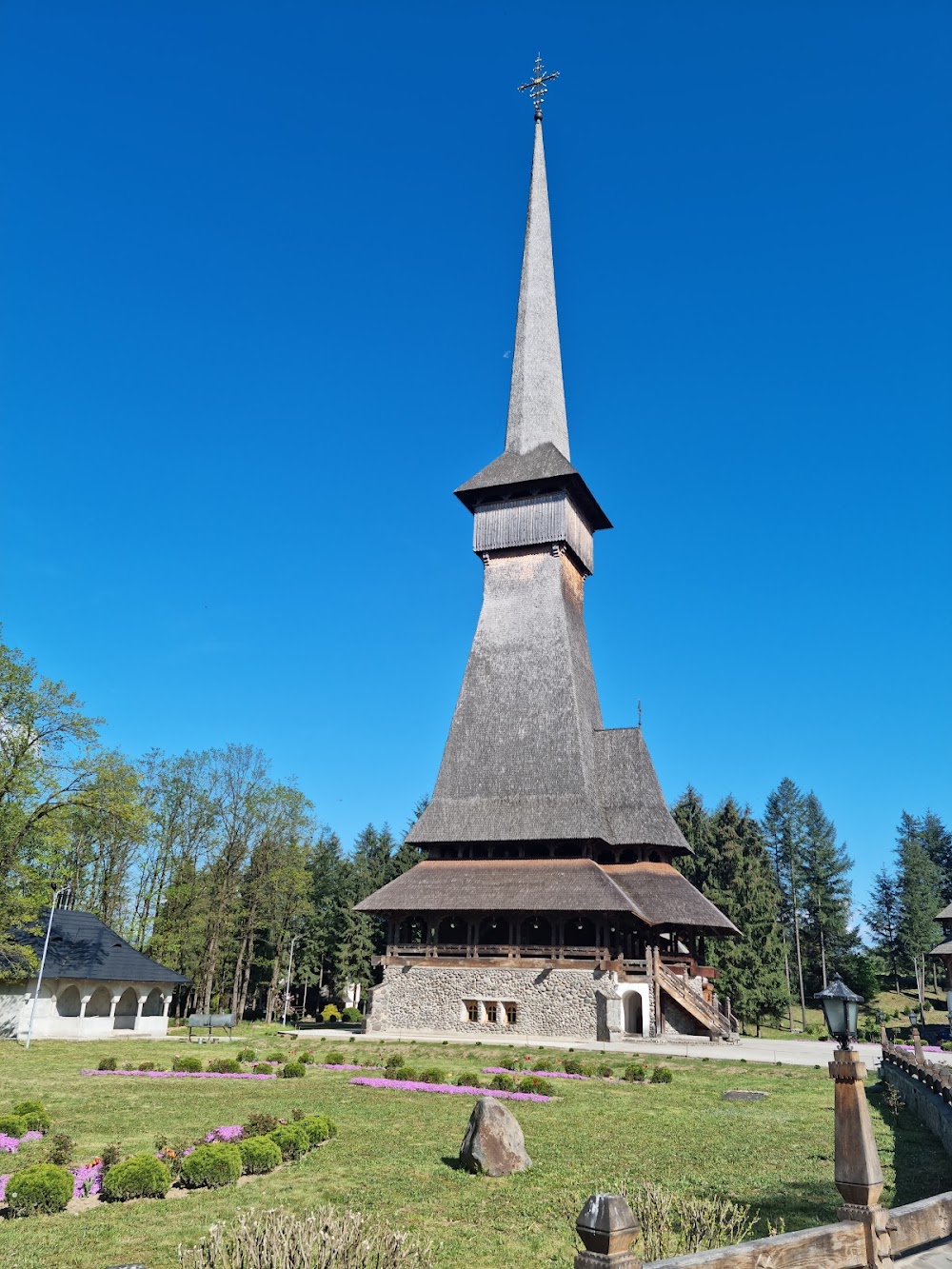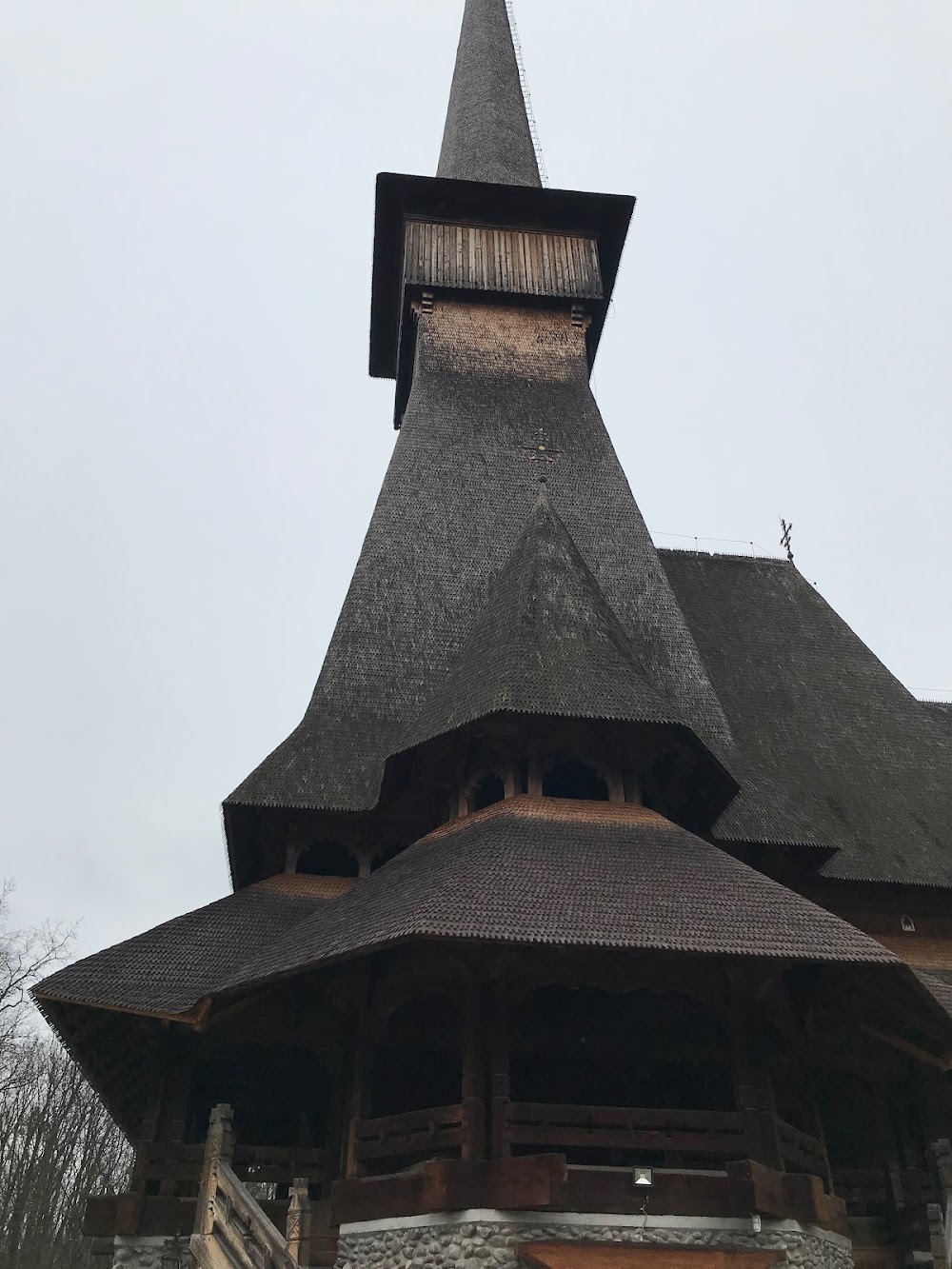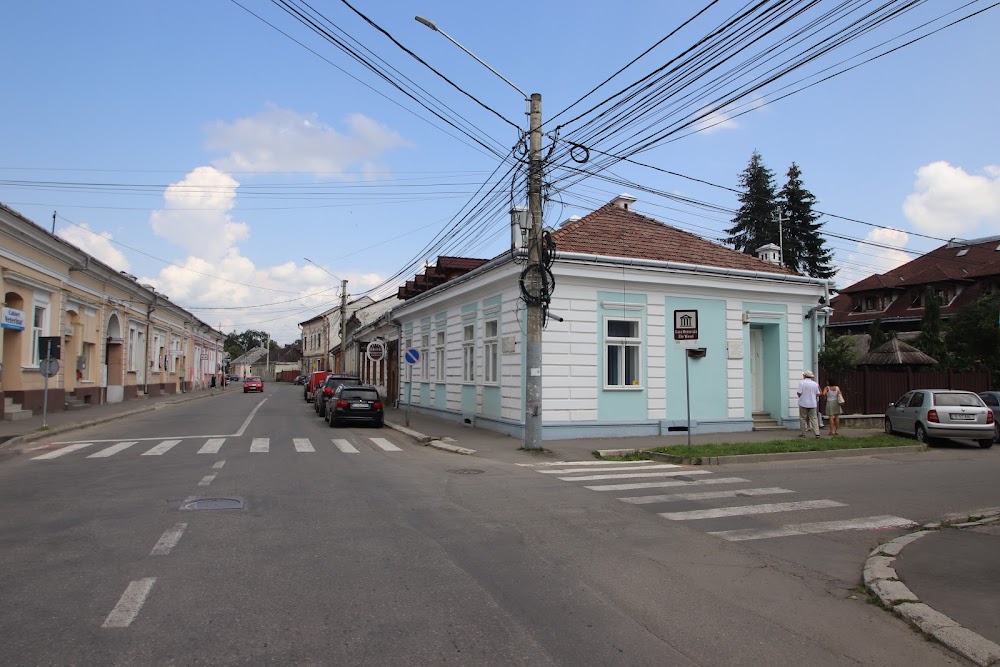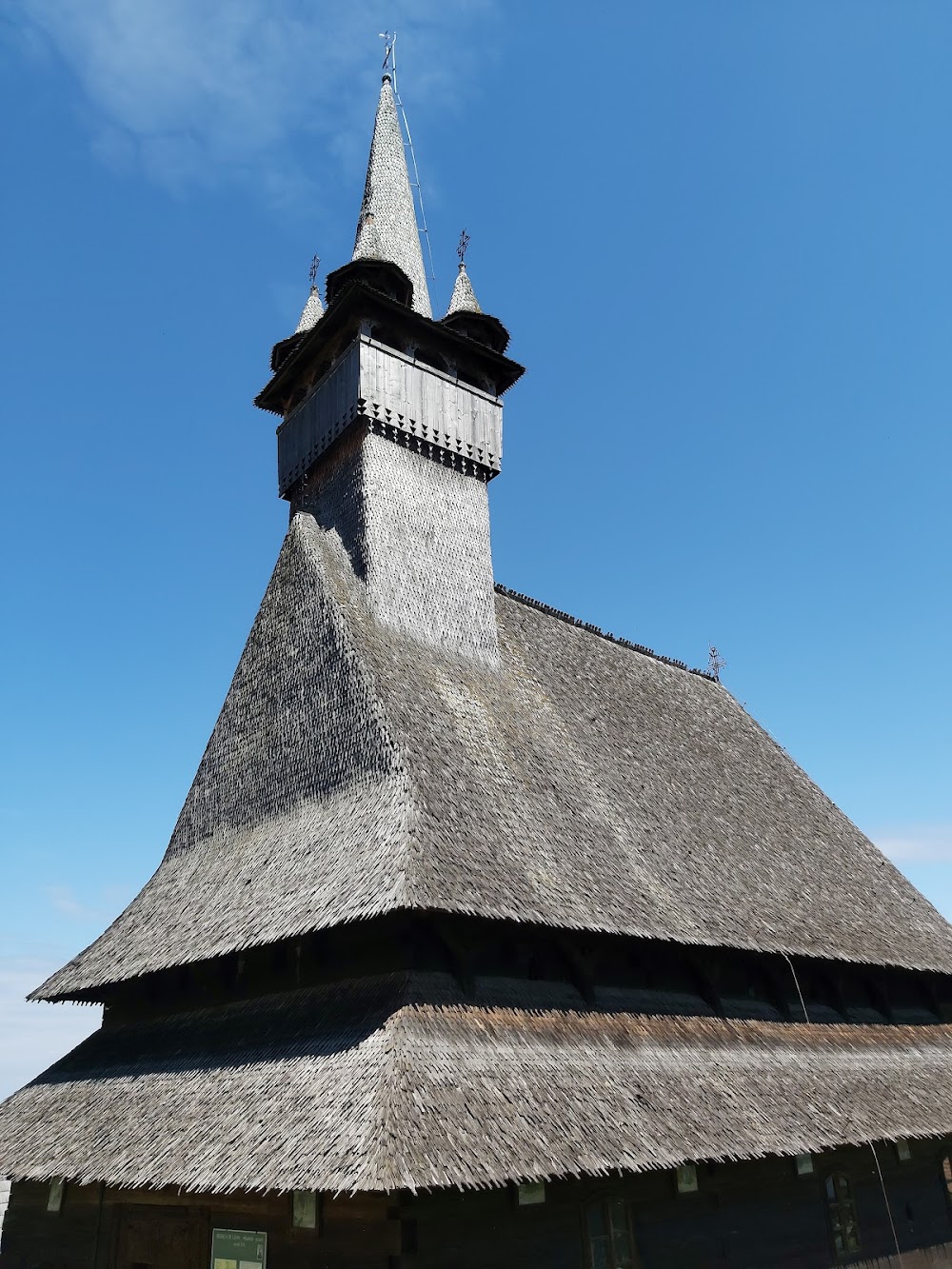Săpânța-Peri Monastery (Mănăstirea Săpânța-Peri)
Overview
Overview of Săpânța-Peri Monastery
The Peri-Săpânța Monastery, also known as Săpânța-Peri Monastery, is a stunning wooden structure located in the picturesque Maramureș County of Romania. Renowned as one of the tallest wooden churches in the world, it stands majestically at a height of 78 meters (256 feet), captivating visitors with its remarkable architecture.
History and Origins
The inception of the Săpânța-Peri Monastery began in 1997, driven by the local community of Săpânța village. Their goal was to establish a new place of worship that would honor their rich religious heritage and the traditional wooden architecture characteristic of Maramureș. The vision was to create a spiritual center that not only served as a sanctuary but also celebrated local craftsmanship and cultural identity.
Craftsmanship and Construction
The construction of the monastery was undertaken by a dedicated team of skilled artisans and carpenters, many of whom were well-versed in traditional woodworking techniques passed down through generations. Emphasizing the use of local materials, particularly the durable and beautiful wood sourced from the nearby forests, the craftsmen employed time-honored methods such as intricate joinery and wooden pegs instead of nails to ensure the structure's authenticity and longevity.
Architectural Design
The design of the monastery showcases the distinctive features of Maramureș wooden churches, including a tall, slender silhouette and a shingled roof. What truly sets it apart is its impressive height and the ornate wooden spire that crowns the building. This spire serves not only as a stunning architectural element but also symbolizes the connection between earth and heaven, inspiring believers to look upwards in reverence.
Interior Beauty
Inside, the monastery is adorned with exquisite iconography and religious artworks that enhance its spiritual ambiance. The interior walls and ceilings are embellished with frescoes depicting various saints and biblical narratives, all crafted by local artists. These artworks reflect the Eastern Orthodox tradition, enriching the worship experience for visitors and congregants alike.
Monastery Complex
The monastery complex encompasses several auxiliary buildings, including a bell tower, a chapel, and living quarters for resident monks. Constructed in the same traditional wooden style, these structures create a cohesive and harmonious aesthetic throughout the grounds. Surrounding gardens and pathways offer a serene environment, perfect for meditation and reflection.
Significance and Cultural Role
Completed in 2003, the Săpânța-Peri Monastery quickly evolved into a significant religious and cultural landmark in Maramureș County. The dedication and craftsmanship that went into its construction have made it a source of pride for the local community, attracting visitors from around the globe who come to admire its architectural beauty and experience its tranquil atmosphere.
Events and Community Engagement
Beyond its spiritual functions, the monastery hosts a variety of religious and cultural events, including pilgrimages, festivals, and ceremonies that draw thousands of participants each year. This steady flow of visitors not only preserves but also promotes the rich traditions of the region.
A Living Tribute to Heritage
The Săpânța-Peri Monastery is more than just a building; it embodies the faith, culture, and craftsmanship of Maramureș County. Its creation and ongoing presence signify the community's unwavering commitment to preserving their heritage and sharing it with the world, making it a truly living landmark.






